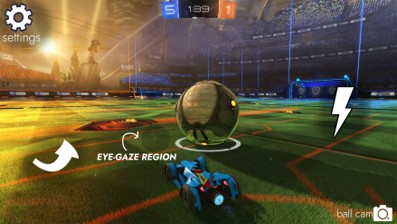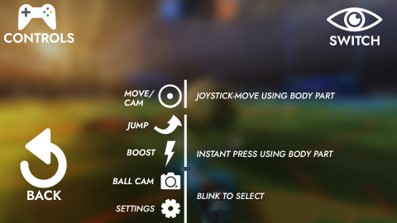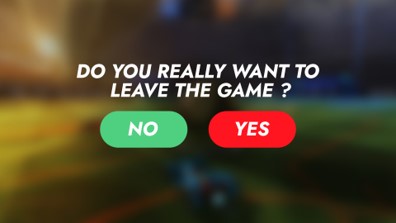Questionnaire
An anonymous questionnaire was taken by 30 children with disabilities (with permission of parents/guardians) to capture a general idea of their needs. Below are the questions asked and data collected.
User Interviews
We randomly selected two children (from the questionnaire) to partake in a semi-structured interview, where they could go more in-depth and elaborate on their goals.
Have you ever played video games before or are interested in playing?
Yes, I used to love gaming before getting into an accident 4 years ago from which I lost the use of my left hand.
If yes, what was your experience like?
I used to play adventure games with friends on my Xbox. I loved playing but now I find it difficult to use a controller. I can still play some simple mobile games, but they are not as exciting.
What makes a game exciting for you? What are some features you look for in a game?
I like working and competing with my friends in a game, it’s fun playing with them. However, it‘s hard because some of my friends have limited mobility so they cannot play the same mobile games as I can. Also, I like games that have cool visuals.
Have you had any experience with games using Motion Input?
No, but I would love to try.
Have you ever played video games before or are interested in playing?
I am interested but I was born with a disability that hinders me from playing most games.
What do you find interesting about video games and what do you look for in them?
My brother plays a lot of video games. He always plays adventure games with his friends, and I would love to experience the joy he gets through playing. Since I am a beginner at gaming, I am afraid of embarrassing myself. I want the first game I play to be accessible, have clear instructions, and be easy to navigate for someone new like me.
Have you had any experience with games using Motion Input?
Yes.
If yes, what was your experience like? What did you like and dislike about it?
I tried playing a racing game using only my eyes a year ago. I was excited to be able to play a videogame with my brother for the first time in my life. Although the visuals were great, I found the 1.5 second eye staring time for most buttons quite annoying
Personas and Scenarios
We designed personas and scenarios to represent our target audience’s different motivations and needs.
This included impaired children of different ages and experiences, hence leading to different objectives and requirements.
Katie Taylor (Girl with disabilities)
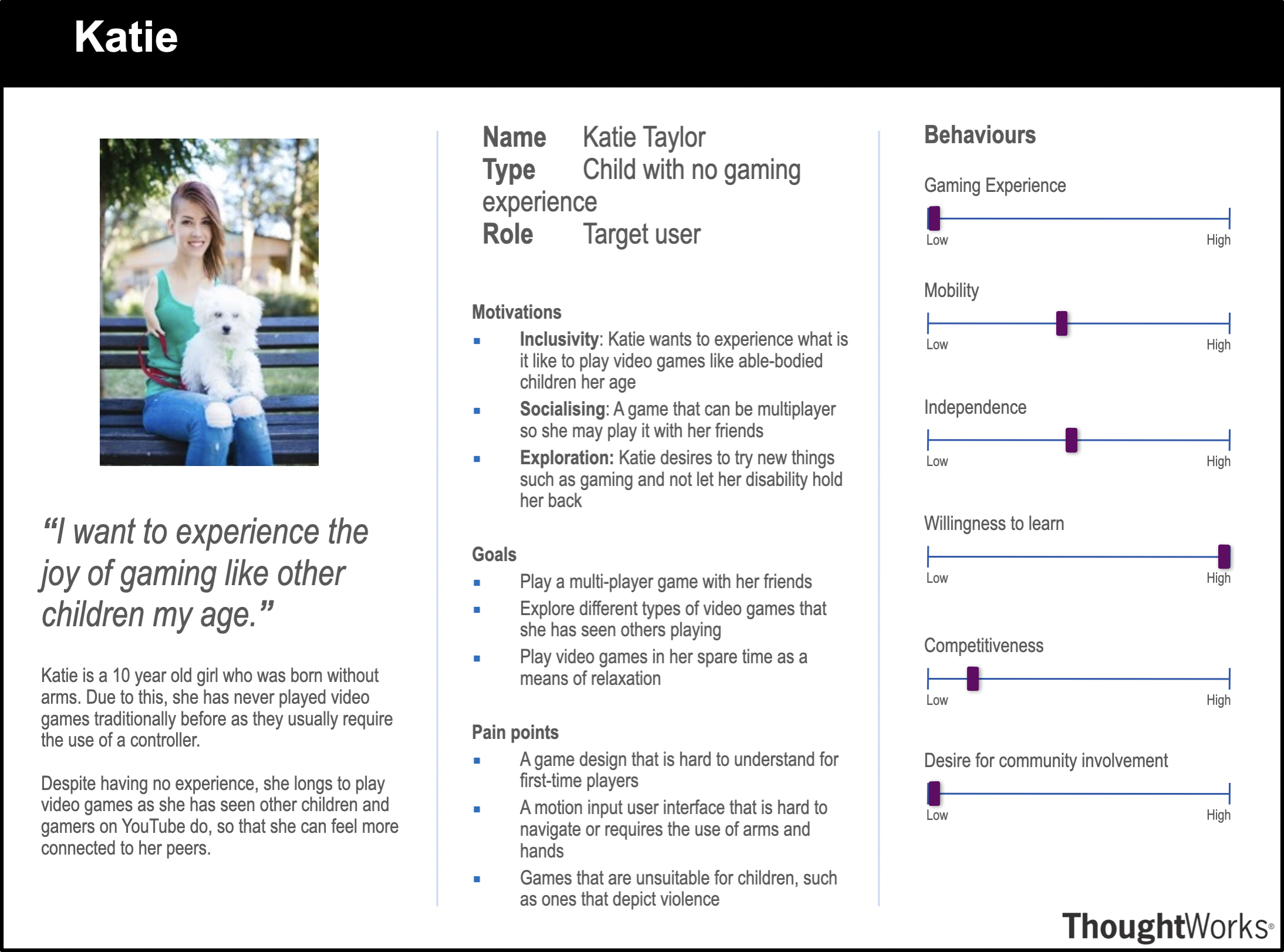
Scenario: Katie is a young girl who was born without forearms, impeding her from playing video games. Body parts she may use to operate a game are her eyes, mouth, head, shoulders, elbows, knees and legs. She would like to play video games with her friends and fit in with other girls her age. Hence, the most important requirement for her is for the game to be multi-player. However, due to Katie’s lack of gaming experience she is not confident in gaming - she is looking for a game that is easy to understand and easily operated, with high learnability. As a beginner, she likes casual games. She is also looking for a game that is engaging and does not depict any violence given her young age.
Alex Bell (Boy with disabilities)
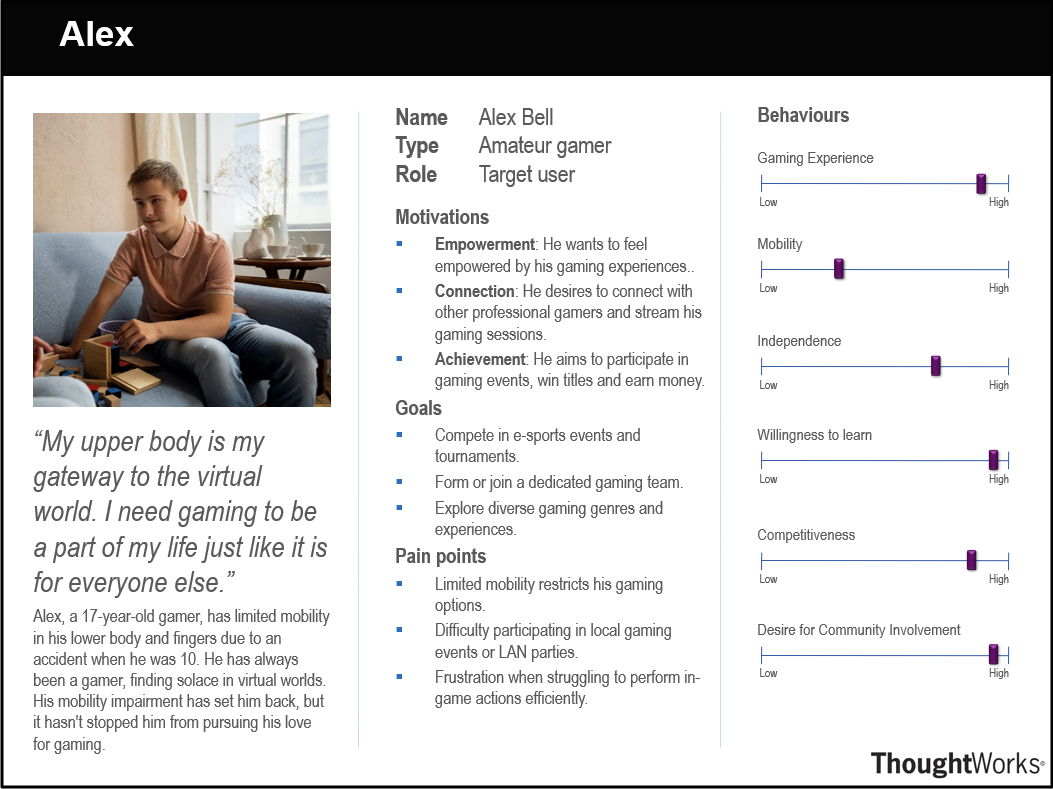
Scenario: Alex is a teenage boy who used to be an avid gamer, until an accident seven years ago which paralysed most of his body. Body parts he now may use to operate a game are his eyes, mouth, and head. Due to Alex’s competitive nature, he is looking for a game that has both multi-player (to compete against friends) and single-player features. His goal is to achieve high scores and a high ranking for fulfilment. He has had experience with a Motion Input racing game using eye tracking technology. Alex generally enjoyed the experience, but he found the use of only his eyes to control the car to be limiting and inefficient, as the only thing he could control was the direction of the car and braking. Also, he found the eye-gaze and eye dwell to be tiring. He wanted to use a variety of movements, such as moving his head left and right, to access more exciting features of the game.
Sketches
By taking the user requirements and personas/scenarios into consideration, we produced sketches for a potential UI for Rocket League – a racing football game with both casual and competitive elements.
The goal of these sketches is to produce an initial UI design and gain user feedback for improvements.
Sketch 1
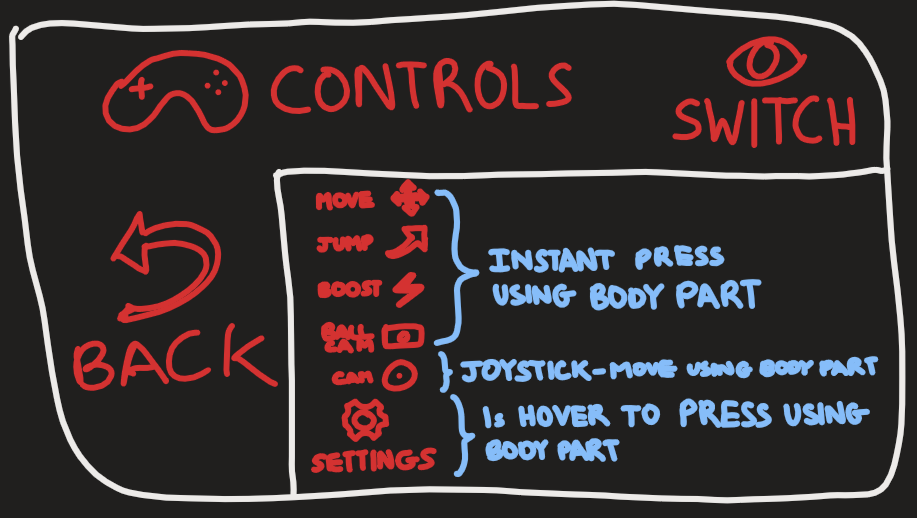
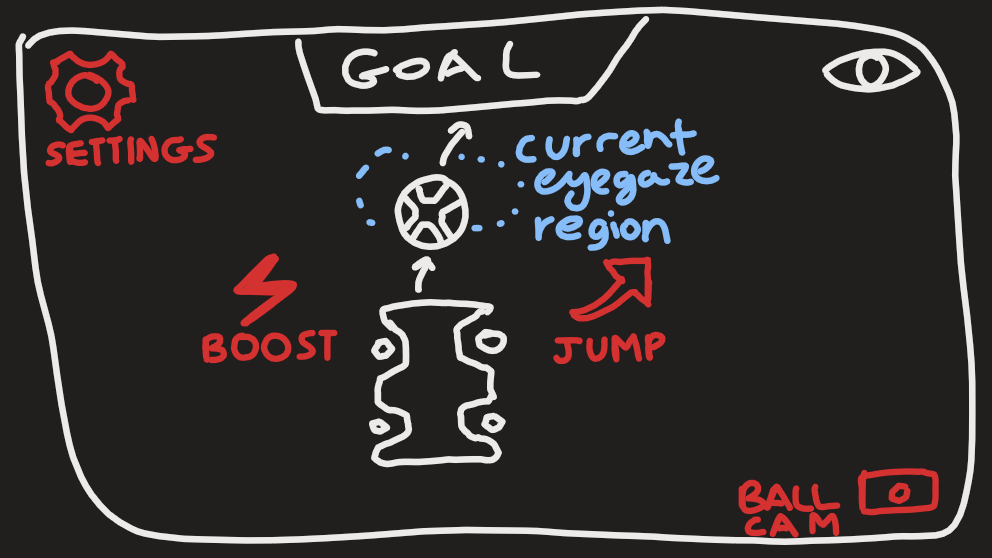
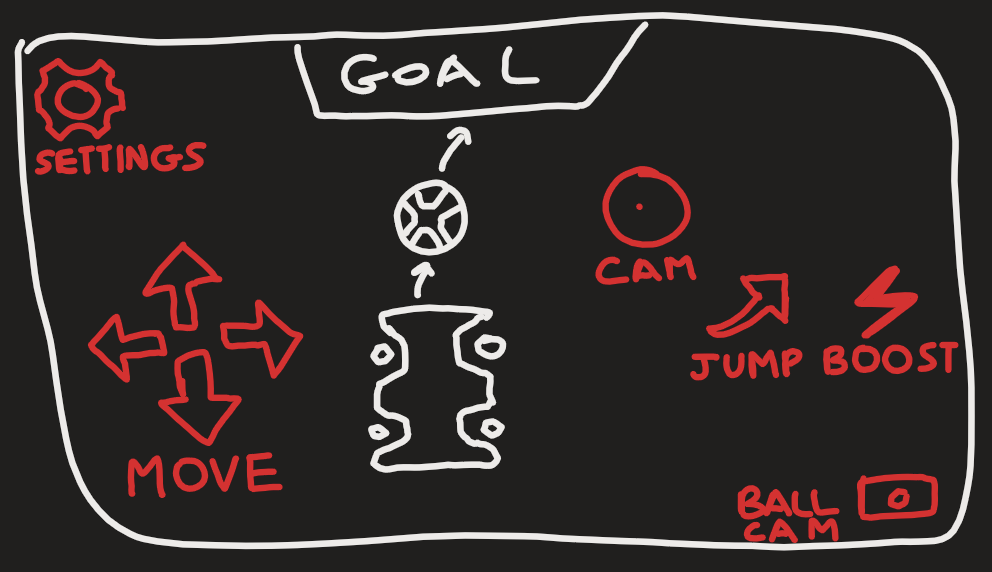
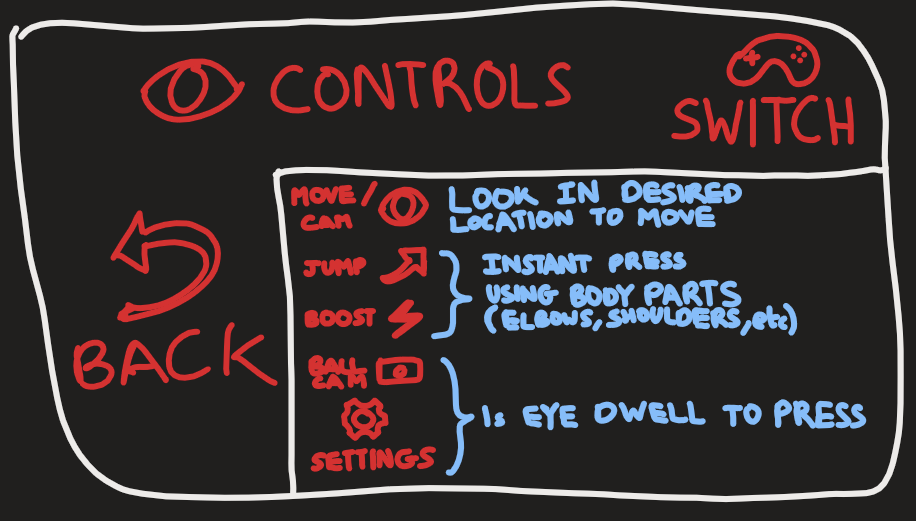
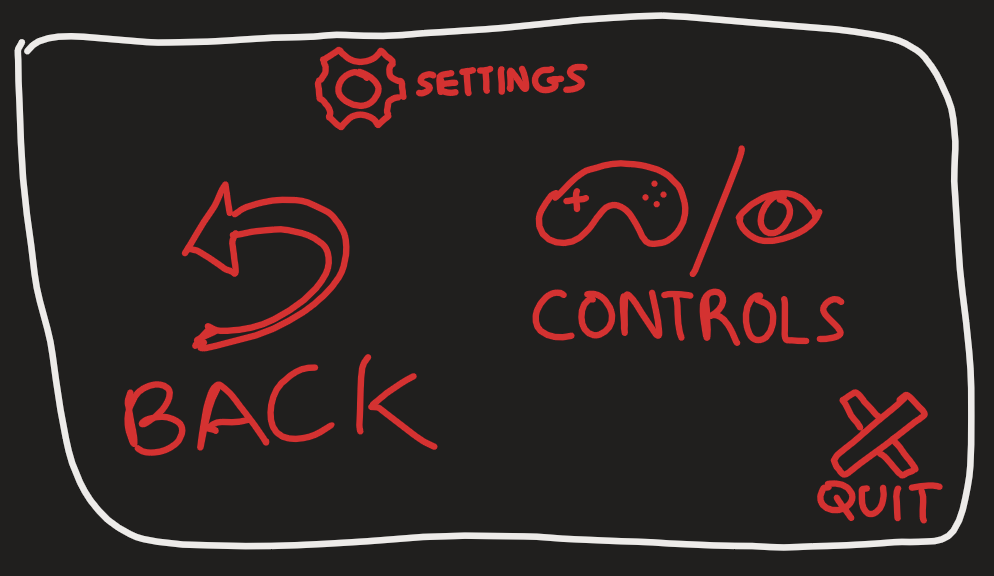
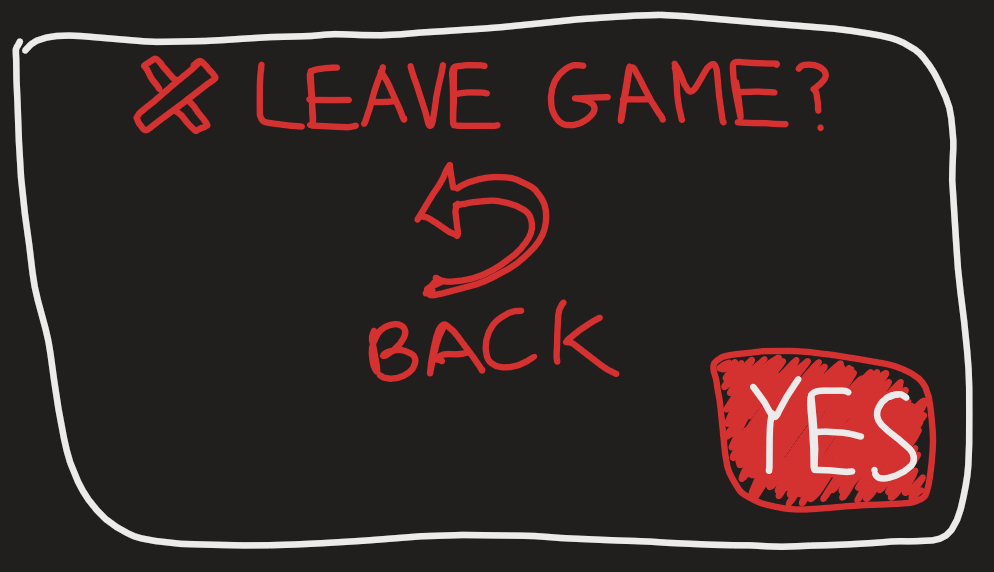
Sketch 2
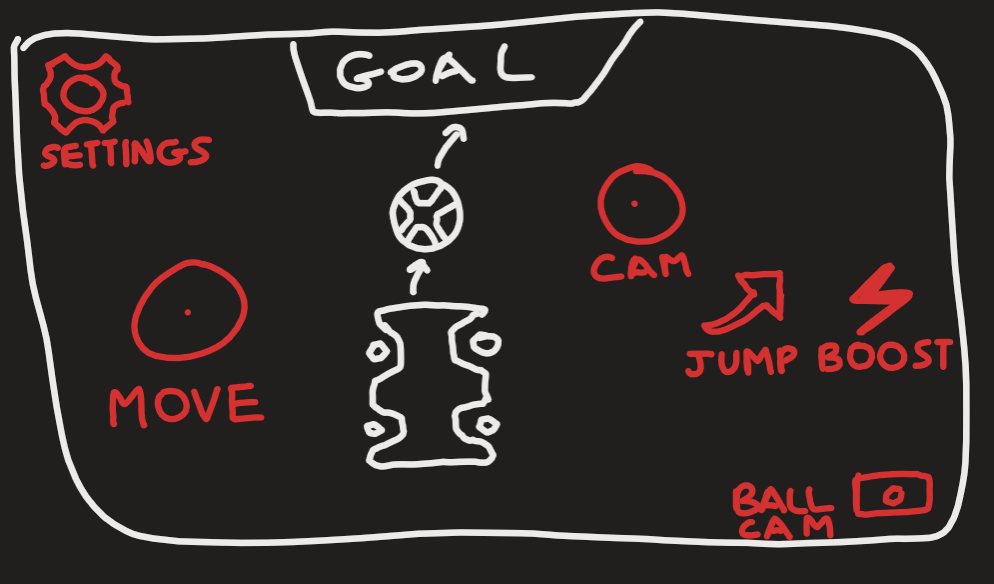
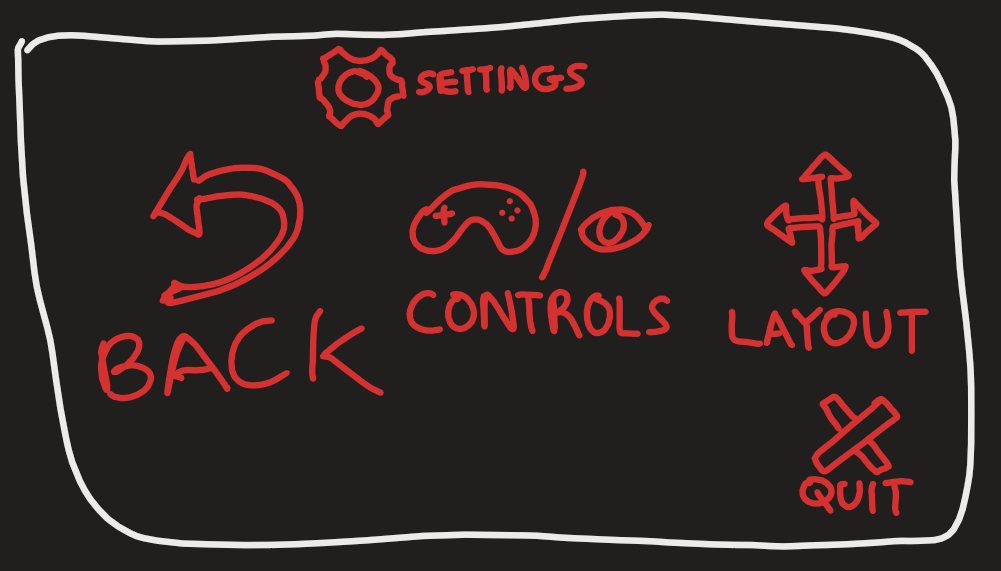
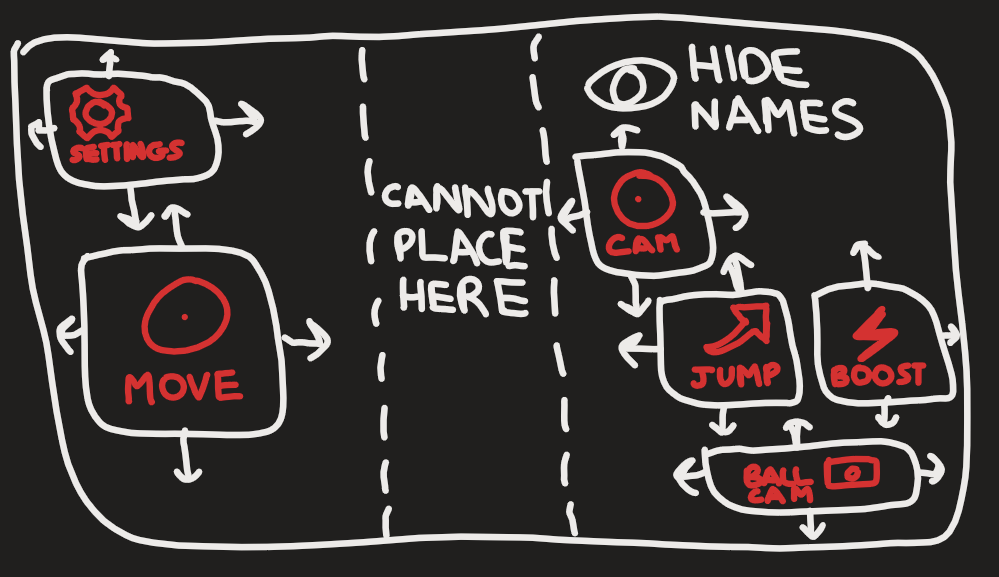
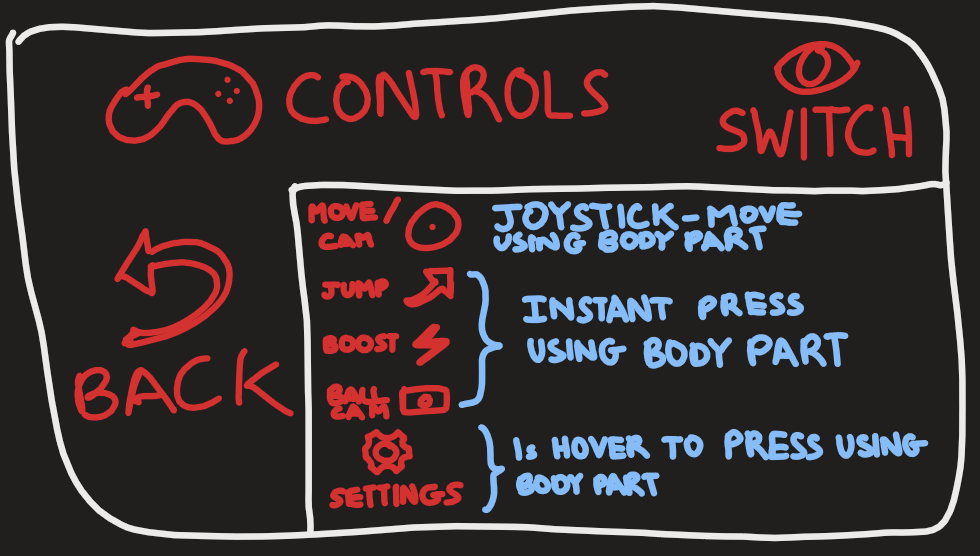
On receiving user feedback, key points were:
The users generally liked the UI design in Sketch 1 and found the buttons accessible.
Users seemed to prefer the joystick design for movement in sketch 2, stating that they felt more control this way.
In Sketch 1, users felt a lack of customisability as the buttons were fixed in place. They appreciated the layout option in Sketch 2 so that there was more freedom given for the game controls.
Initial Prototypes
Initial prototypes were created using Photoshop to demonstrate the practicality of the sketches.
Two types of control systems have been provided to the users: Body-part movement control and eye-gaze control.
This gave the users a clear insight on what their gaming experience might look like.
Prototype 1
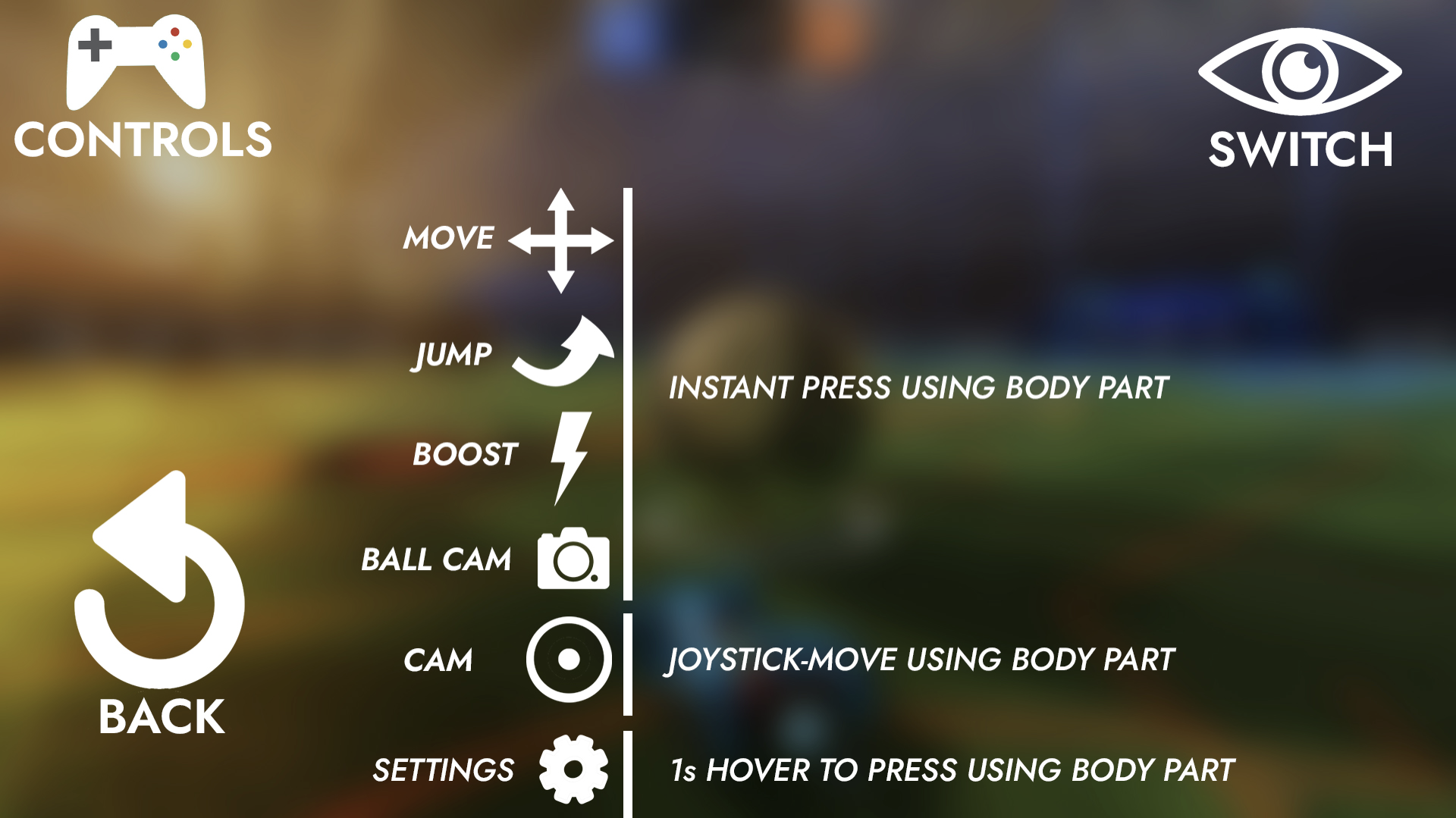
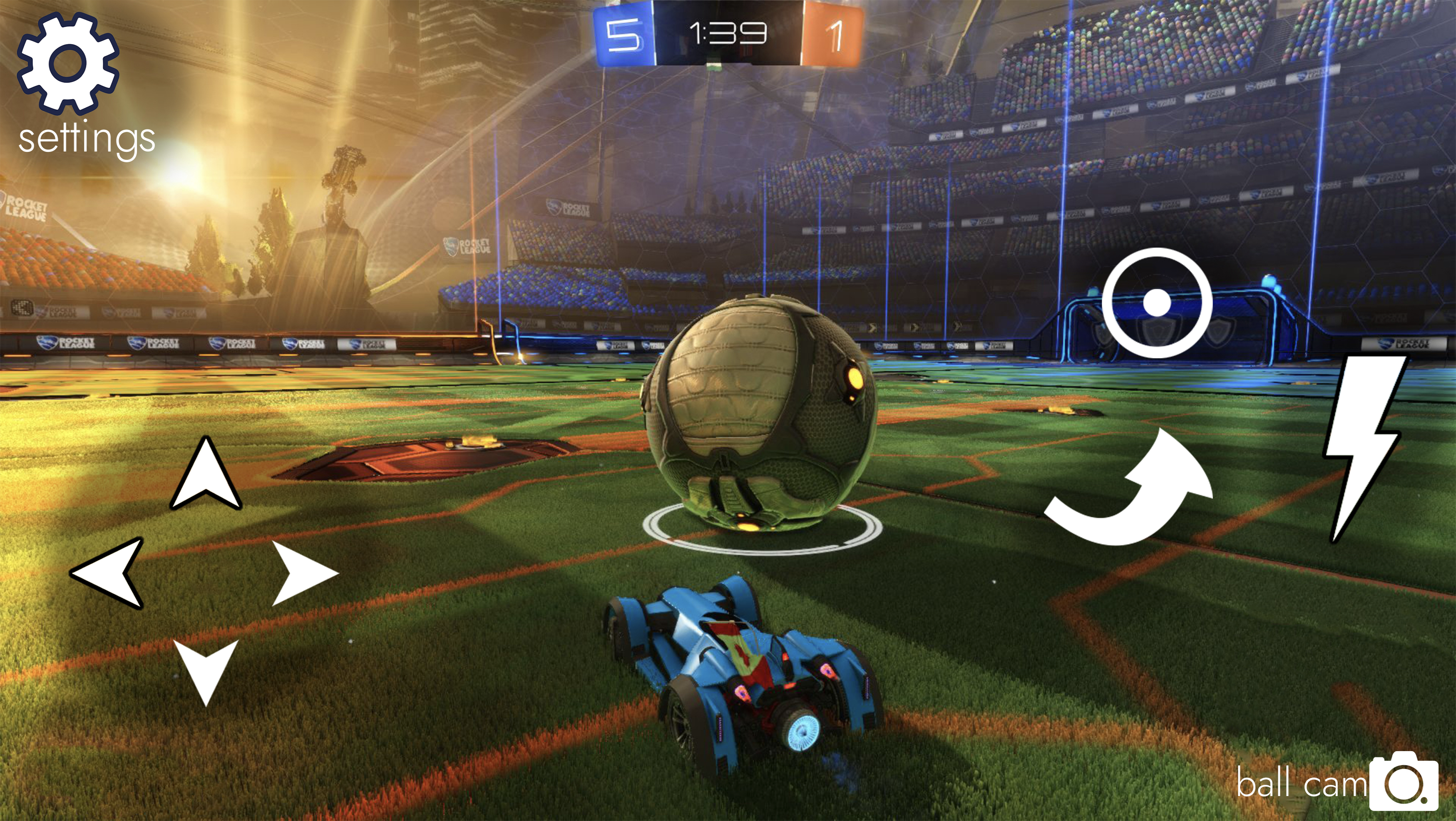
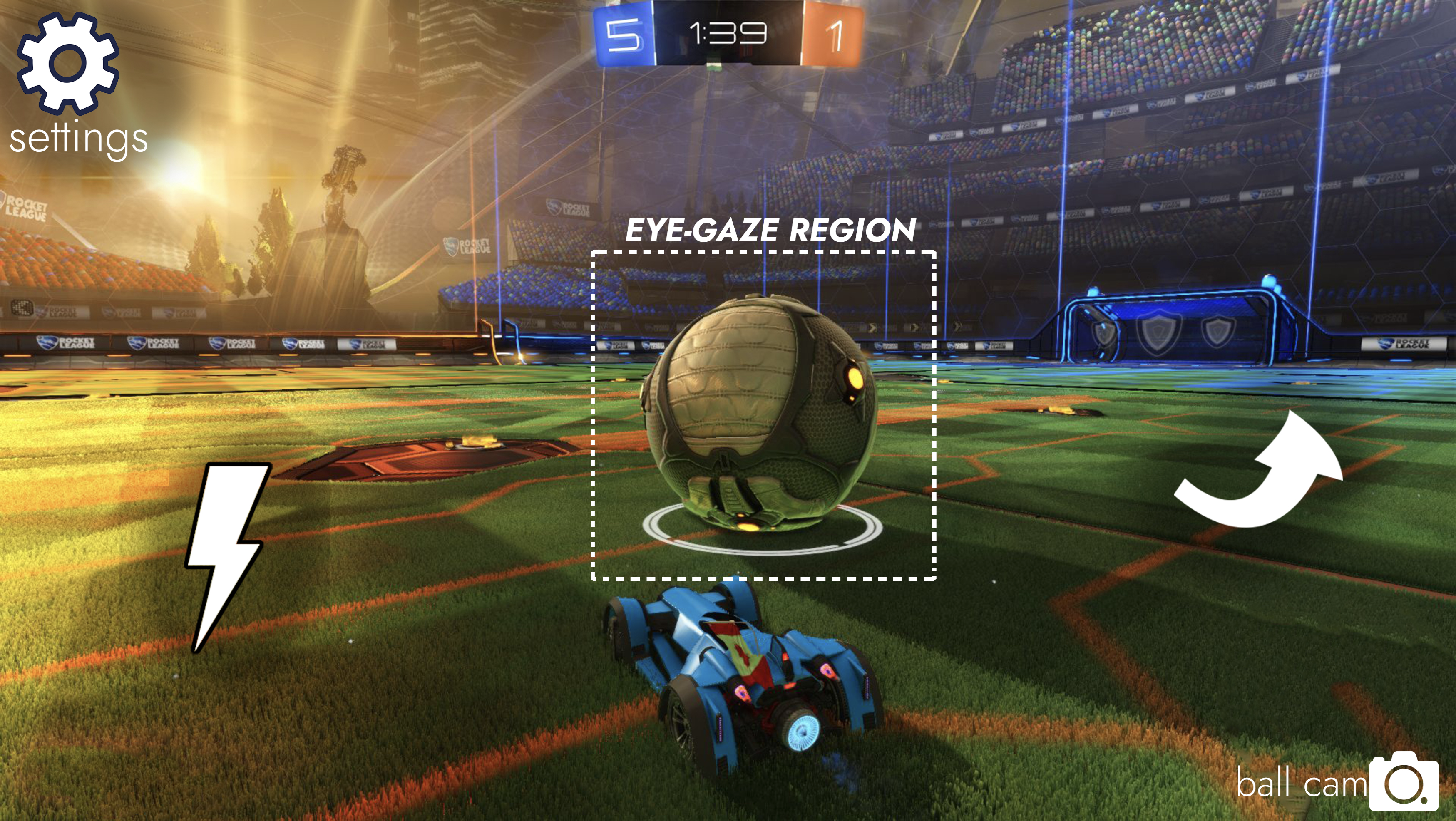
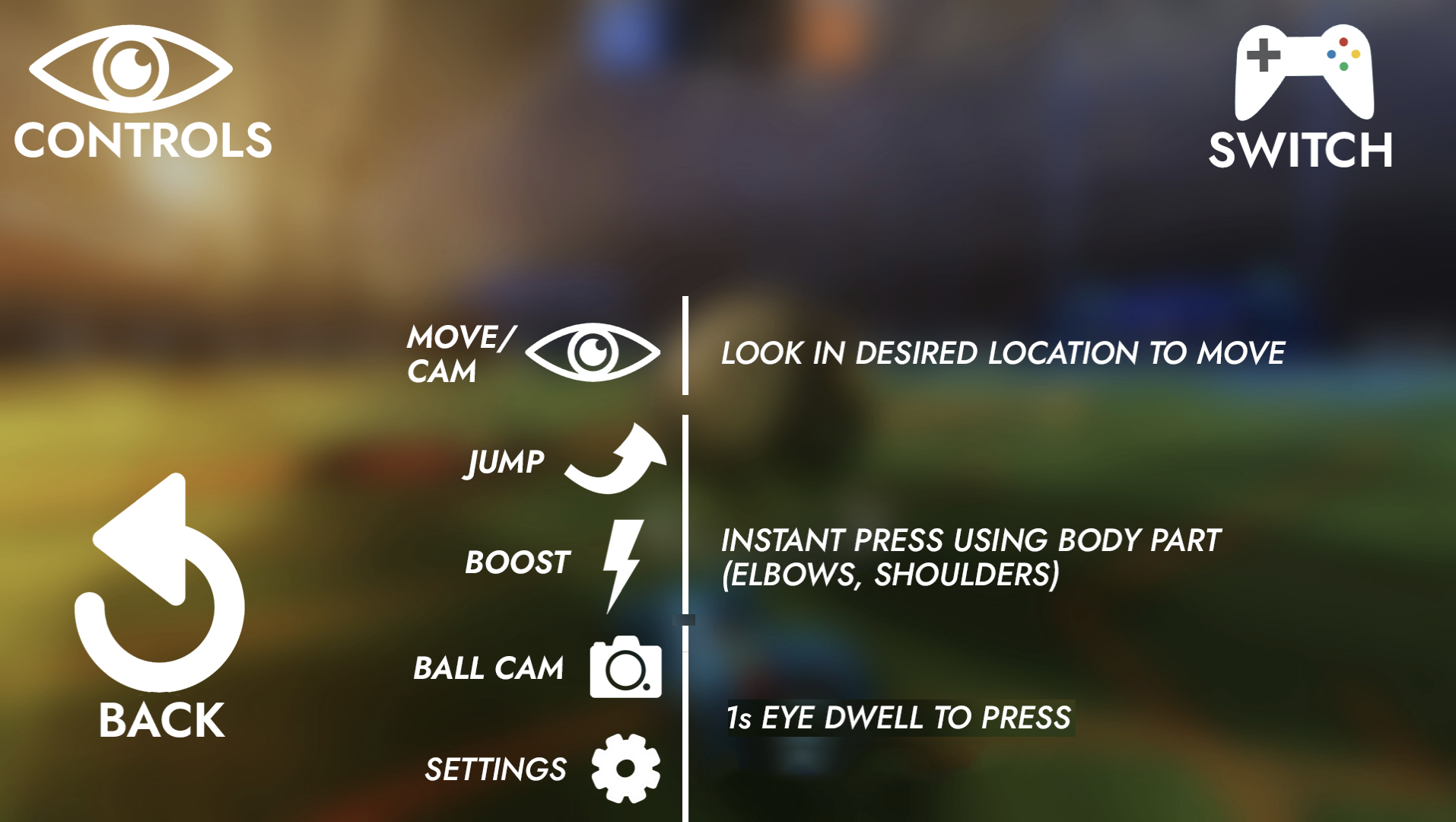
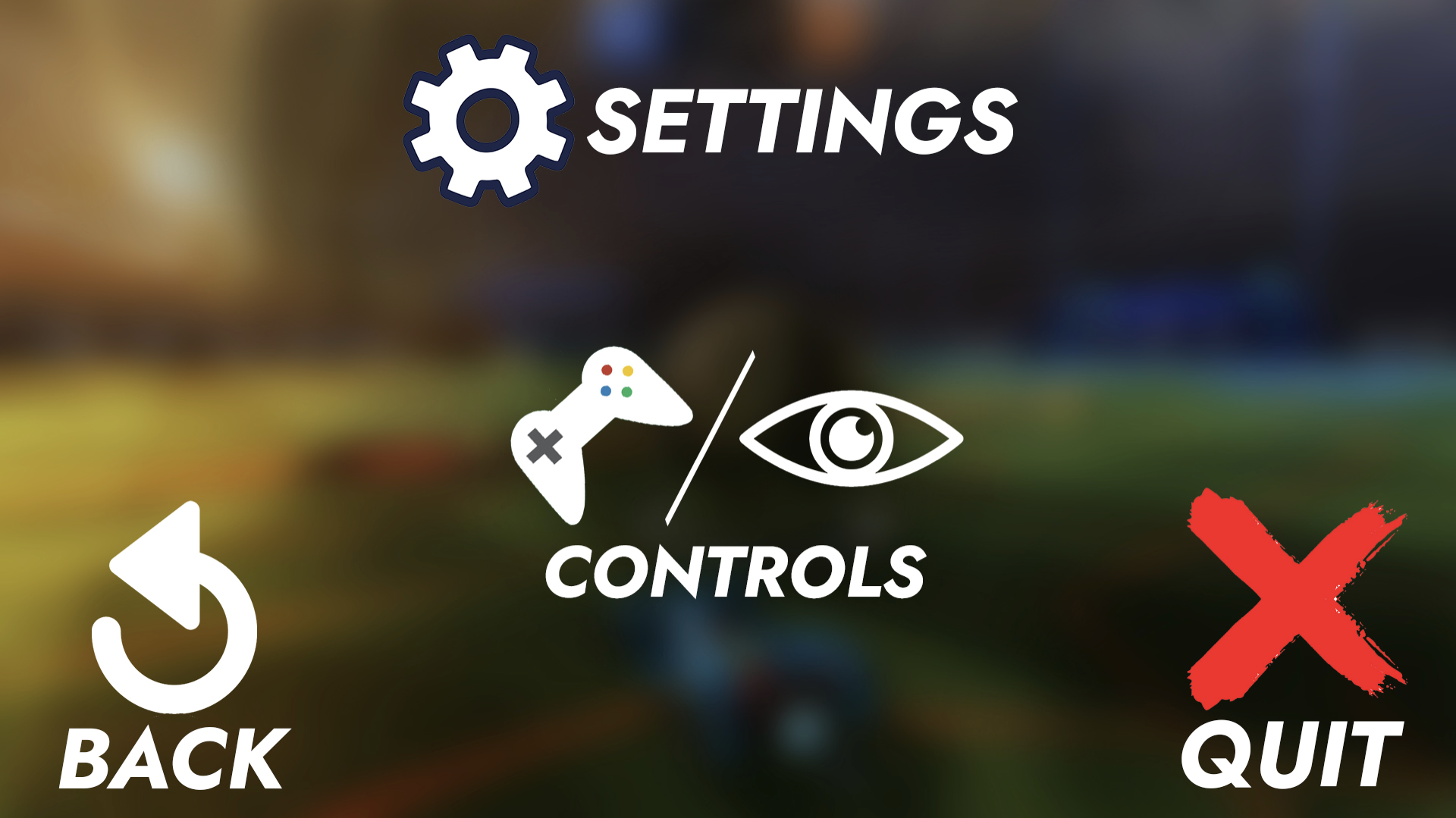
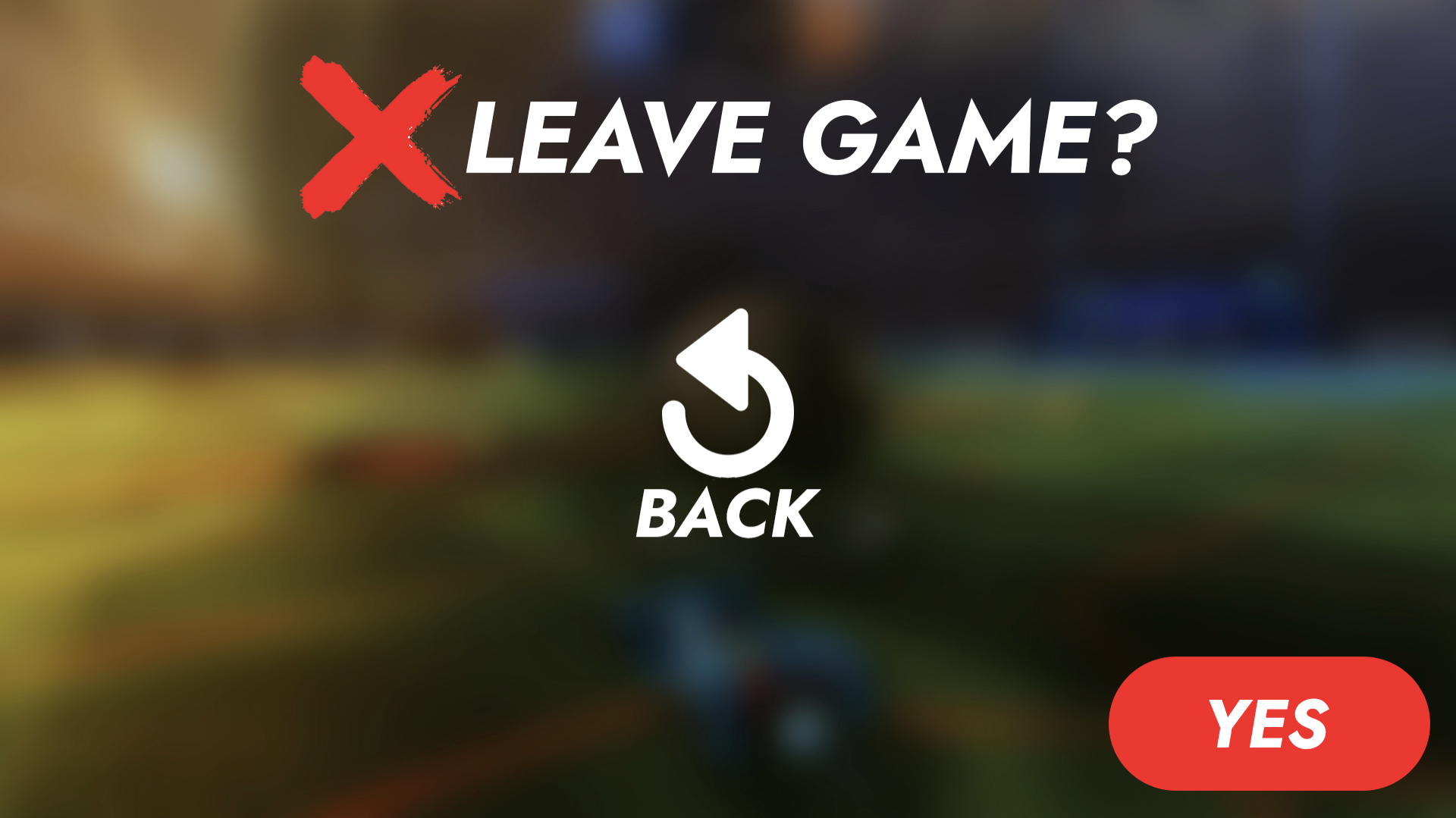
Prototype 2
After receiving user feedback, changes were made to the prototype and after some iterations of this process, we arrived at a better functioning prototype.
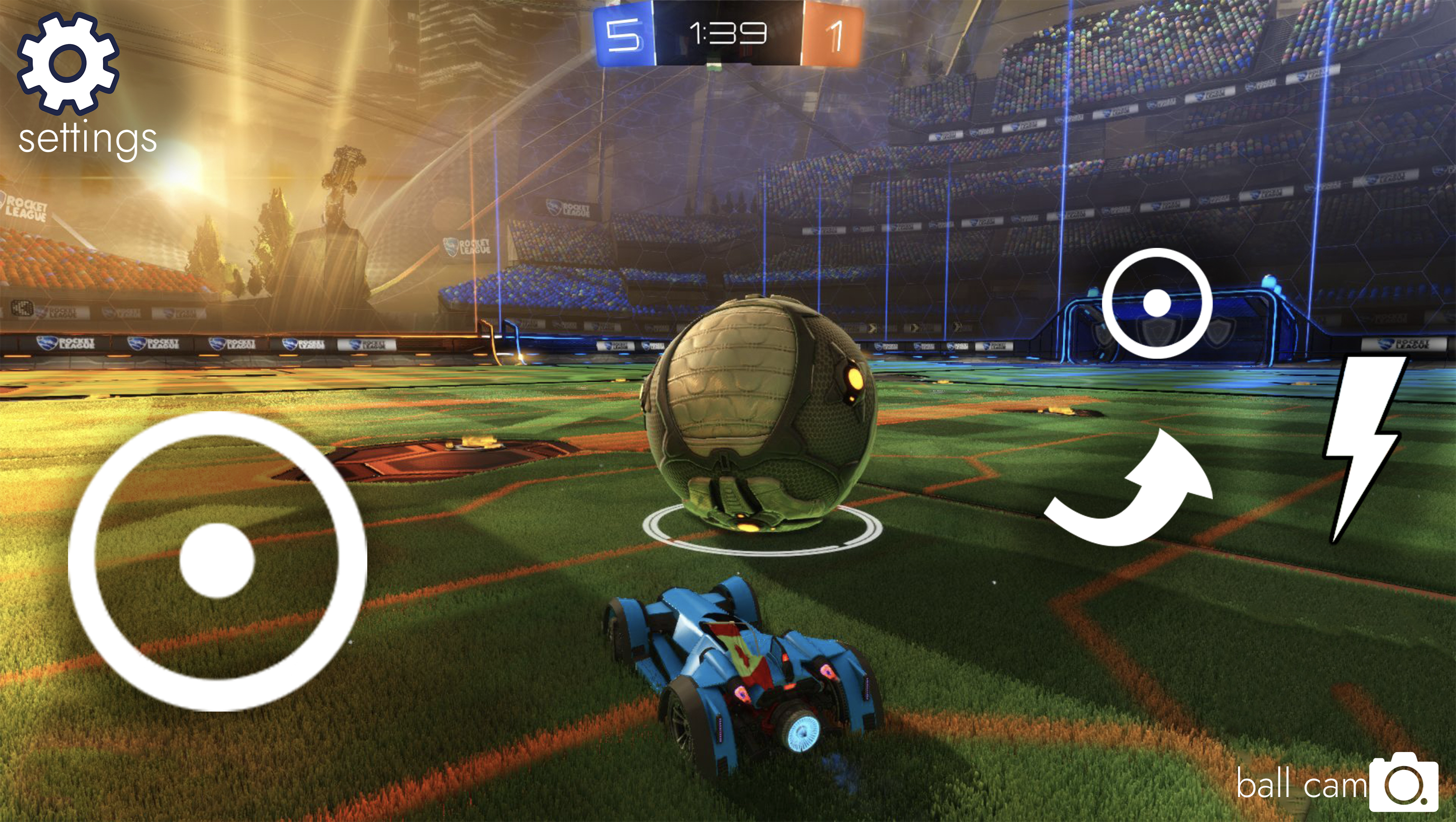
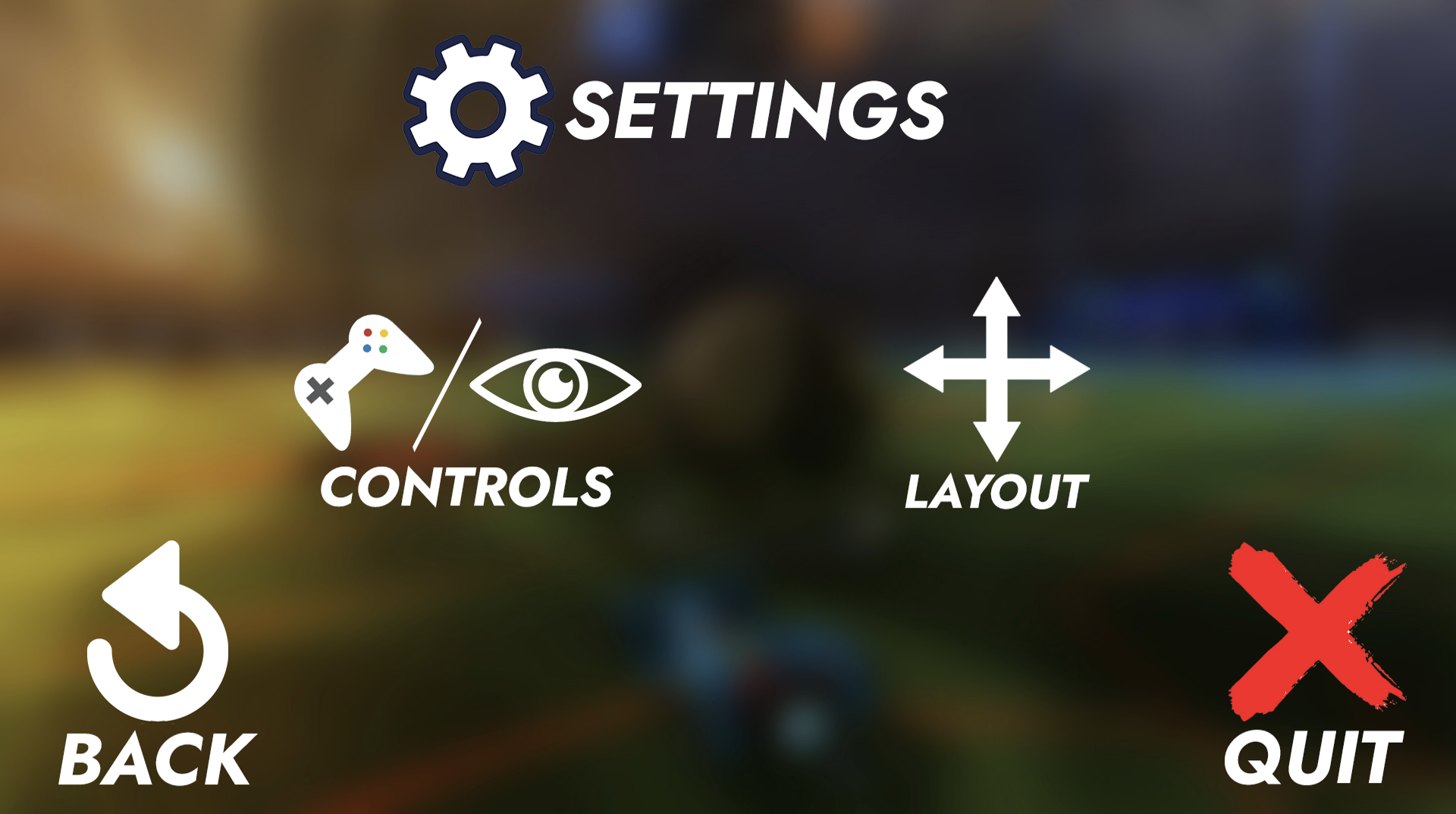
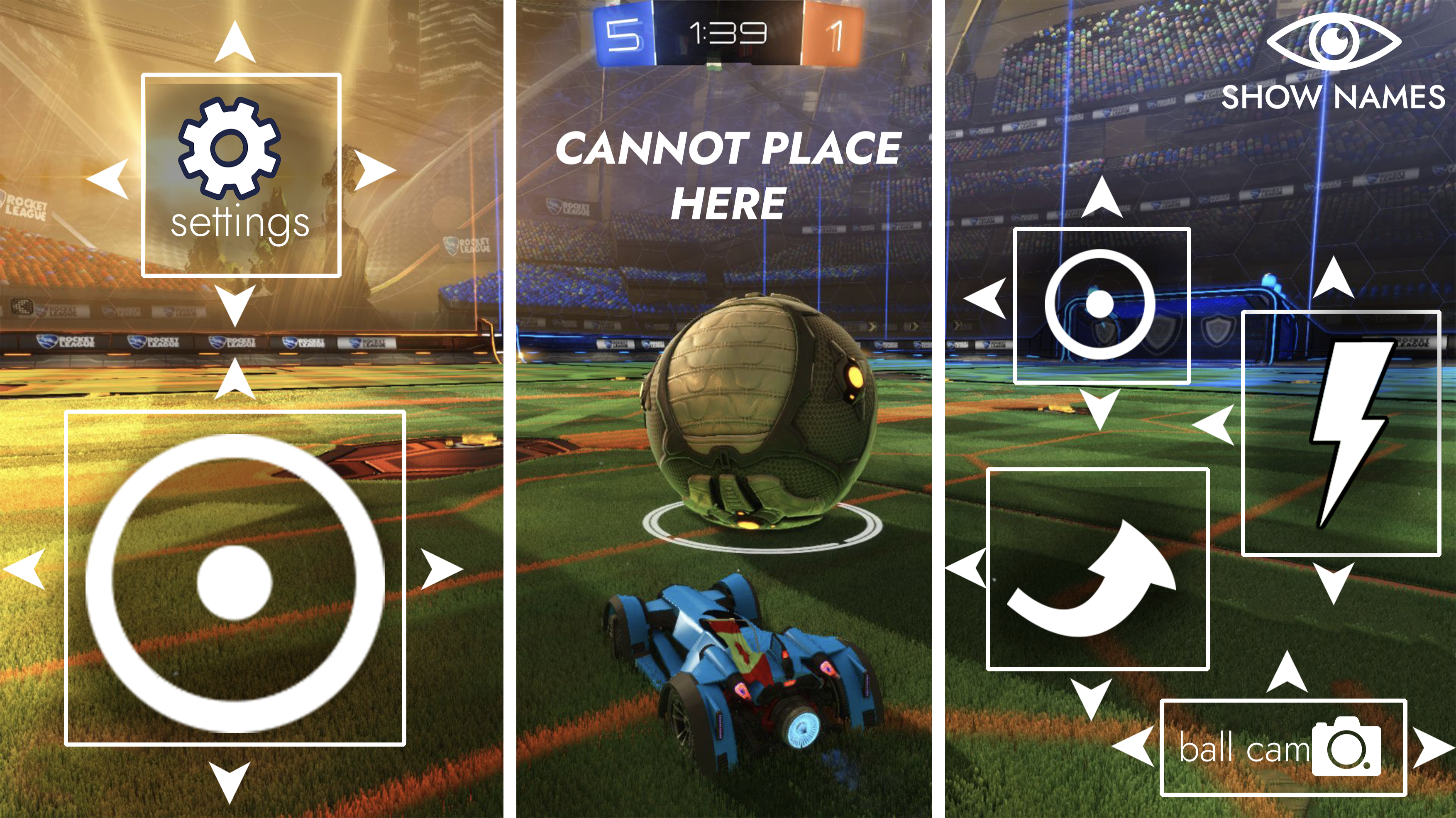
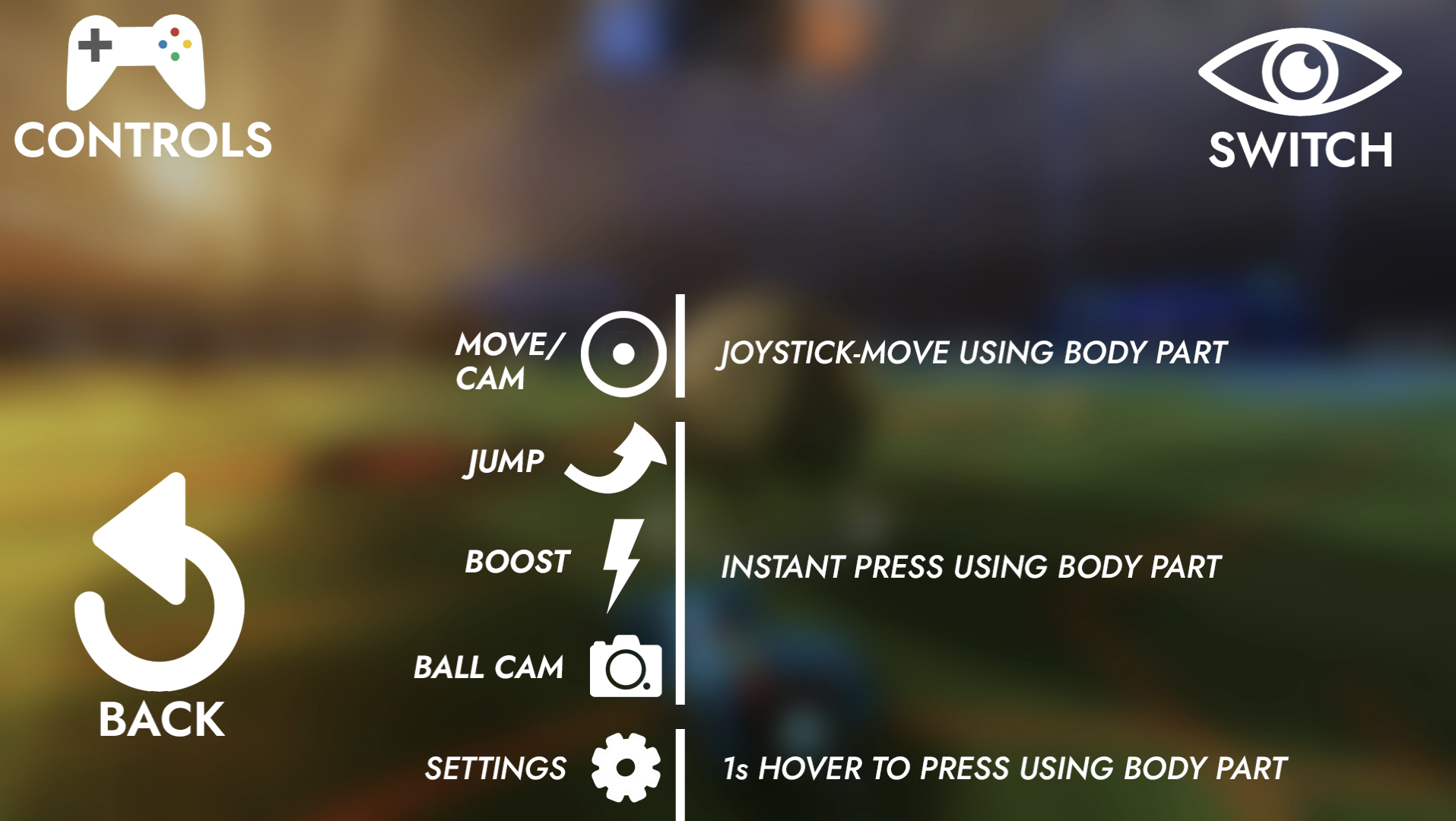
On receiving user feedback, key points were:
Image 1 (top-left):Users preferred a joystick-style movement button as it gave them more precision.
Image 2 (bottom-left): Customisable button layout for users to change their button positions..
Image 3 (top-right): A layout button was added to the settings to access the page in image 2.
Image 4 (bottom-right): An updated controls page for the joystick-style movement used in image 1.
Heuristic Evaluation
We carried out a heuristic evaluation of our prototype with several evaluators. Team members were present as observers and recorded the concerns expressed by the evaluators. We compiled a list of such concerns, along with the usability principles they violate and addressed a severity rating to each. We then came up with solutions and revised our prototypes based on them.
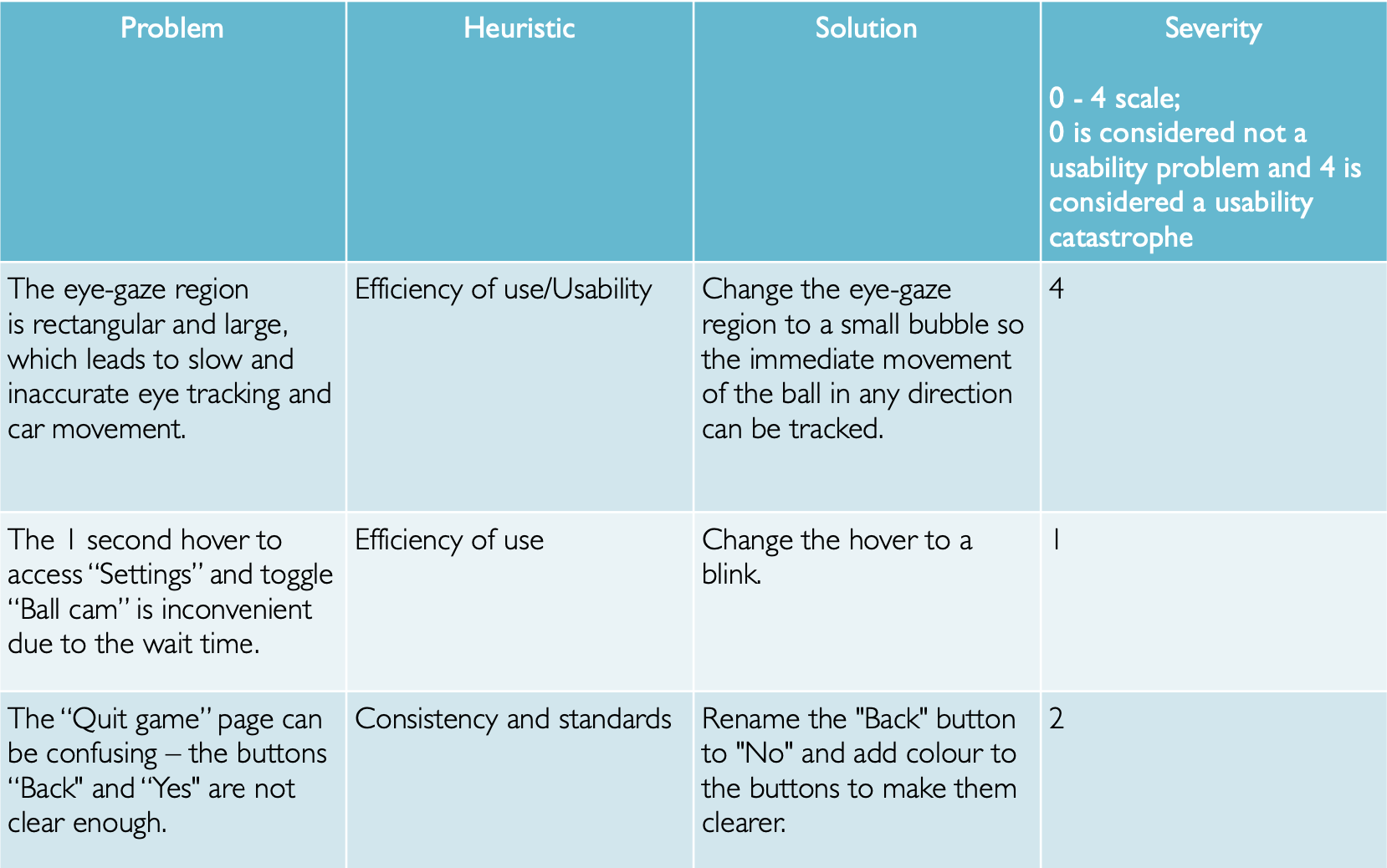
Revised Prototypes
After considering the results of our evaluation, we further refined our prototypes as part of the iteration process in the development lifecycle. Three different areas of the prototype were identified based on feedback from the heuristic evaluation, and corrected to produce an efficient, intuitive, and functional system.
